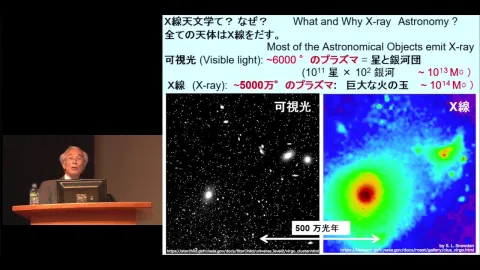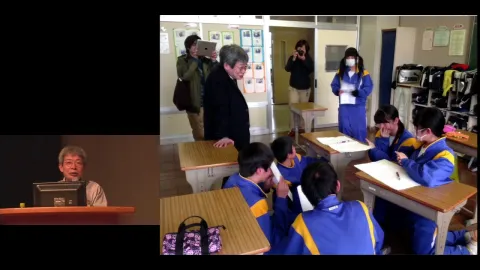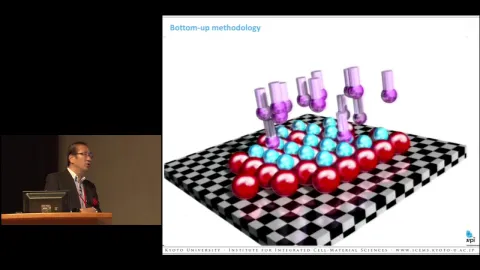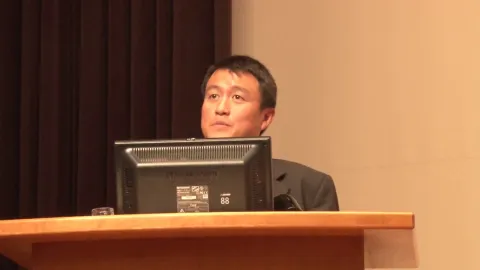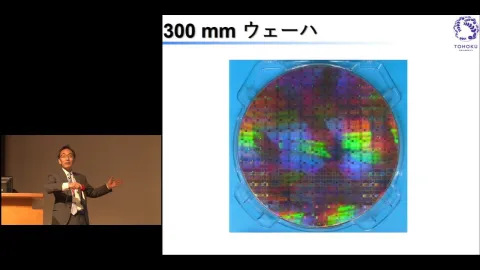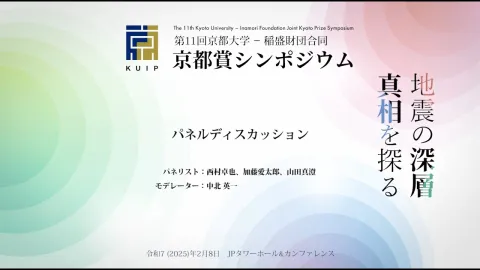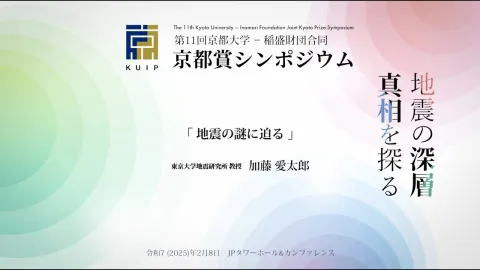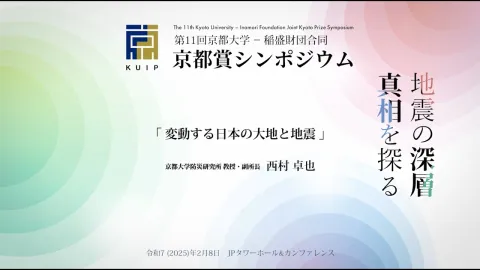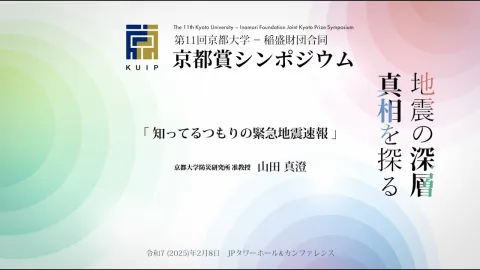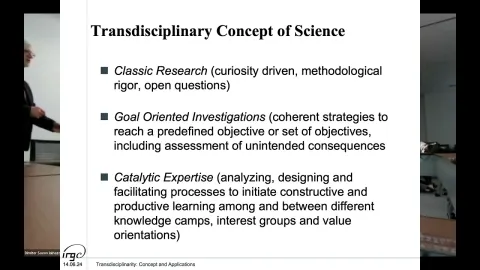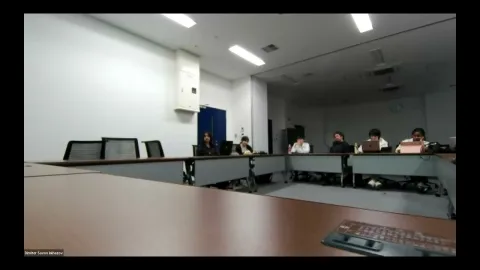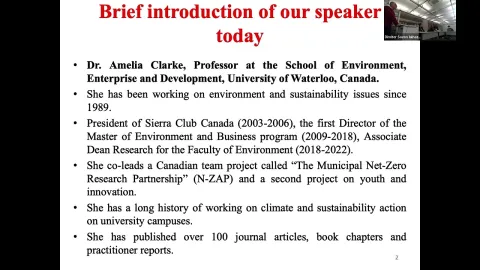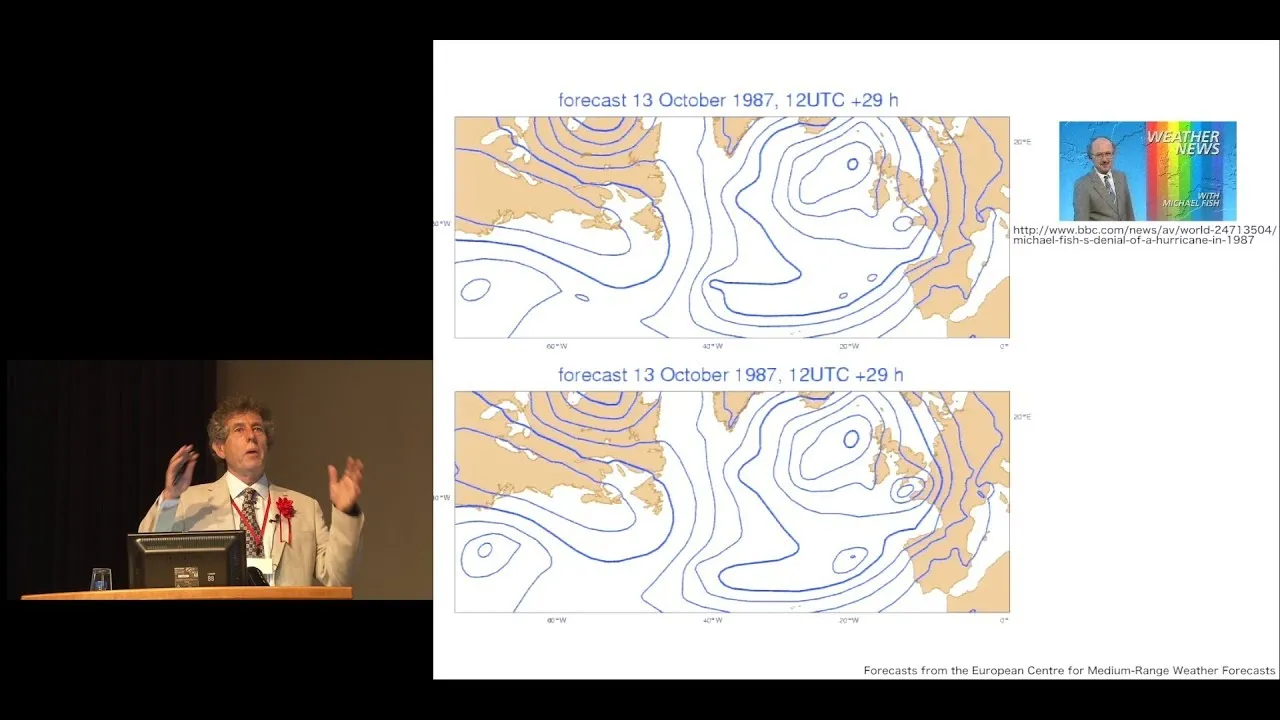
4th Kyoto University-Inamori Foundation Joint Kyoto Prize Symposium
http://kuip.hq.kyoto-u.ac.jp/
https://ocw.kyoto-u.ac.jp/en/opencourse-en/181
July 2, 2017
[Earth and Planetary Sciences, Astronomy and Astrophysics]
Tim Palmer
Royal Society (350th Anniversary) Research Professor,
University of Oxford
Title of Presentation
“From Determinism to Probability: Development of the Ensemble Prediction Technique for Weather and Climate Forecasting”
Weather prediction has a long history, dating back to at least to Babylonian civilization. The advent of digital computers in the 20th Century has allowed weather prediction to be made using the laws of physics and formulated as a deterministic initial-value problem. However, despite mathematical sophistication, this approach has led to spectacular forecast failures, creating skepticism amongst the public about the scientific rigour of meteorological prediction.
With the advent of chaos theory has it been possible to understand not only why precise forecasts of the weather are impossible, but also why the skill of deterministic predictions can vary so much, from week to week and year to year. However, this in turn raises an important question: can we predict the likely skill of a weather forecast? Can we tell the forecast user when to be confident in a prediction, or conversely when any particular prediction must be treated with caution?
This question can be answered through the concept of “ensemble prediction”, where multiple integrations of a numerical weather forecast or climate model are made from slightly different initial conditions and with slightly different model equations. This transforms the prediction problem from that of a deterministic “best-guess” estimate of future weather or climate, to a probabilistic prediction. In situations where the atmosphere is stable and predictable, the forecast probability distributions will be sharply peaked around specific values for the weather variables. By contrast, when the atmosphere is chaotic and unpredictable, the forecast probability distributions will be broad and will encompass a range of specific outcomes.
The author led the teams which introduced ensemble forecasting into the UK Met Office’s operational monthly forecast system in 1986, and into ECMWF’s operational medium-range forecast system in 1992. To make forecast probabilities reliable, a number of innovative techniques were developed e.g. projecting initial uncertainties onto so-called “singular vectors” (non-modal finite-time instabilities), and developing stochastic generalisations of the model’s sub-gridscale parametrisations, in order to represent model uncertainty.
As well as making weather and climate prediction a more scientifically rigorous discipline, ensemble forecasts have added considerable additional value to weather and climate predictions. This can be made explicit using idealised decision-theoretic models where a user incurs a loss L if an adverse weather event occurs, but can mitigate against this by taking protective action at some cost C. When should the user take protective action? An ensemble forecast provides a much more valuable strategy for deciding when to take protective action (when the forecast probability of the event exceeds C/L) compared with the more traditional deterministic forecast.
Virtually all of the world’s primary meteorological services now run ensemble predictions. Indeed ensemble forecasting is now completely standard across the whole of meteorological science: from short-range weather forecasts one day ahead, medium-range forecasts two weeks ahead, seasonal and decadal climate forecast on timescales of years to decades, and predictions of climate change for the next century. Ensemble prediction has transformed the science of meteorology, making it the principal forecasting tool for both weather and climate in the 21st Century.
この動画は、クリエイティブ・コモンズ・ライセンス“Attribution-NonCommercial-ShareAlike (CC BY-NC-SA)”が付与されています。 私的学習のほか非営利かつ教育的な目的において、適切なクレジット表記をおこなうことで、共有、転載、改変などの二次利用がおこなえます。 コンテンツを改変し新たに教材などを作成・公開する場合は、同じライセンスを継承する必要があります。 詳細は、クリエイティブ・コモンズのウェブサイトをご参照ください。
- 部局
- 分野
- タグ


